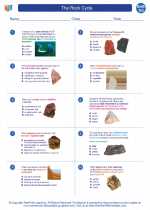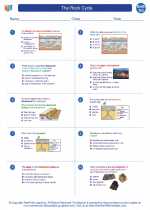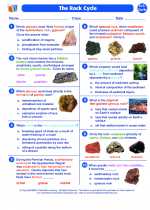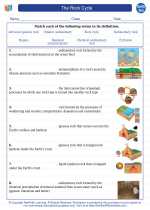Atom's Nucleus
The nucleus is the central part of an atom. It is composed of protons and neutrons, which are collectively known as nucleons. The nucleus is surrounded by a cloud of electrons that orbit around it in specific energy levels.
Protons: Protons are positively charged particles found in the nucleus. Each proton has a relative mass of 1 and a positive electric charge of +1.
Neutrons: Neutrons are neutral particles found in the nucleus. Like protons, they have a relative mass of 1, but they carry no electric charge.
Nuclear Forces: The nucleus is held together by strong nuclear forces, which are incredibly powerful forces that bind the protons and neutrons together. Without these forces, the positively charged protons would repel each other due to their like charges, and the nucleus would not be stable.
Nuclear Size: The size of the nucleus is extremely small compared to the overall size of the atom. The diameter of a nucleus is on the order of femtometers (10^-15 meters), while the diameter of an atom is on the order of angstroms (10^-10 meters).
Study Guide
- What is the composition of the nucleus?
- Describe the properties of protons and neutrons.
- What are nuclear forces and why are they important?
- Compare the size of the nucleus to the size of an atom.
- Discuss the significance of the nucleus in determining the stability of an atom.
Understanding the nucleus of an atom is crucial to comprehending the structure and behavior of matter at the atomic level. It forms the basis for understanding nuclear reactions, radioactivity, and the structure of the periodic table.
[Atom's Nucleus] Related Worksheets and Study Guides:
.◂Earth Science Worksheets and Study Guides High School. The Rock Cycle

 Worksheet/Answer key
Worksheet/Answer key
 Worksheet/Answer key
Worksheet/Answer key
 Worksheet/Answer key
Worksheet/Answer key
 Vocabulary/Answer key
Vocabulary/Answer key
 Vocabulary/Answer key
Vocabulary/Answer key
 Vocabulary/Answer key
Vocabulary/Answer key
